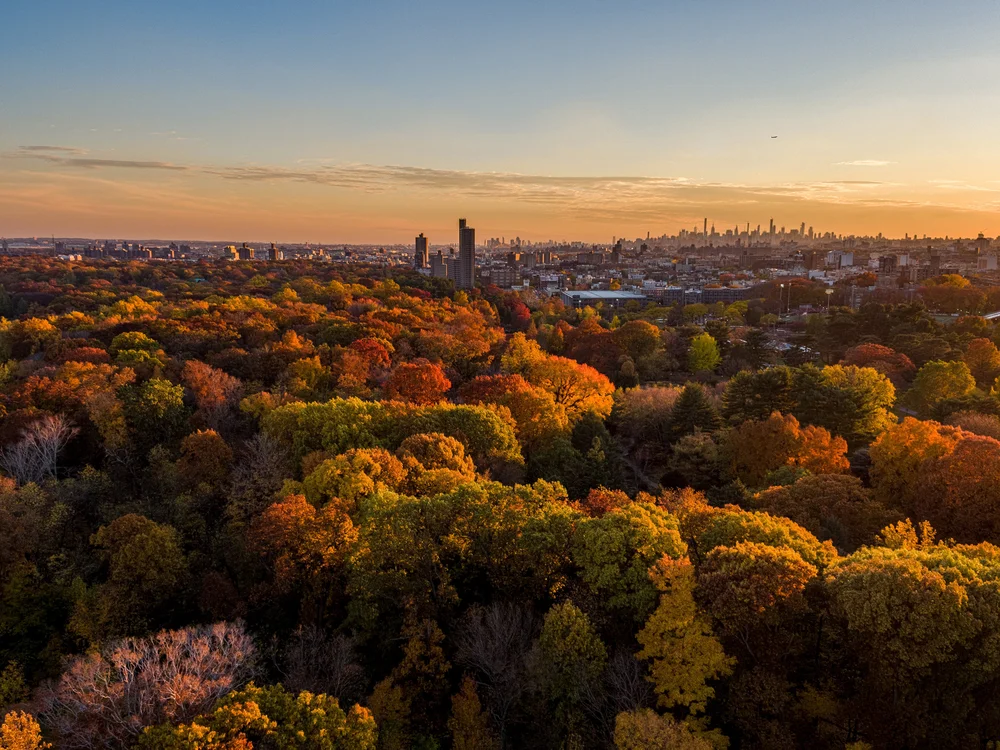
Transcend, a New York-based startup is offering a new type of green burial service. Customers can pay for their remains to be buried in land undergoing reforestation. Read to know how this works.
What is a green burial?
The green burial movement is a way of reducing the impact of funerals on the environment. New York-based transcend is a start-up that is planning to allow people to “become” a tree after they depart from this world. According to the start-up, customers can choose a tree species, and following their death, their body is prepared in biodegradable flax linen. They are buried with a mixture of local soil, wood chips, and fungi for facilitating the composting process. Over the body, they will be planting a two to four-year-old tree, on land owned by the start-up.
While the company has not confirmed the location, it is aiming for it to be within two hours of a major city. However, it is selecting the land with One Tree Planted, a non-profit. They will also be ensuring reforestation and legally protecting it from development in the future. “Where I personally lean towards on the green burial movement is, what’s the simplest, most natural process? What’s the way it was for millennia?” stated Matthew Kochmann. Kochmann is the entrepreneur of the firm.
More on the new eco-friendly project
The green burial project is inspired by Italians Raoul Bretzel and Anna Citelli’s Capsula Mundi. Capsula Mundi is a biodegradable egg-shaped casket above which a tree can be planted. While the project was brought to reality, it never moved to production. “By the end of 2023, we are hoping to have a few sites open and live and have planted several people. But also starting (to get) people acting well in advance on their wishes, raising their hand and saying ‘I want to be a tree when I die’,” stated Kochmann.
There are several metrics for measuring the human body. One way is roughly about one cubic yard, as measured by Recompose, a Seattle-based human composting firm. This is the amount of compost produced by a corpse when mixed with plant material and rots down for six to ten weeks. The two most dominant funeral types in the US come with severe environmental drawbacks. Additionally, as per the Green Burial Council, the majority of people opt for cremation. This produces 1.74 billion tons of carbon dioxide annually.
